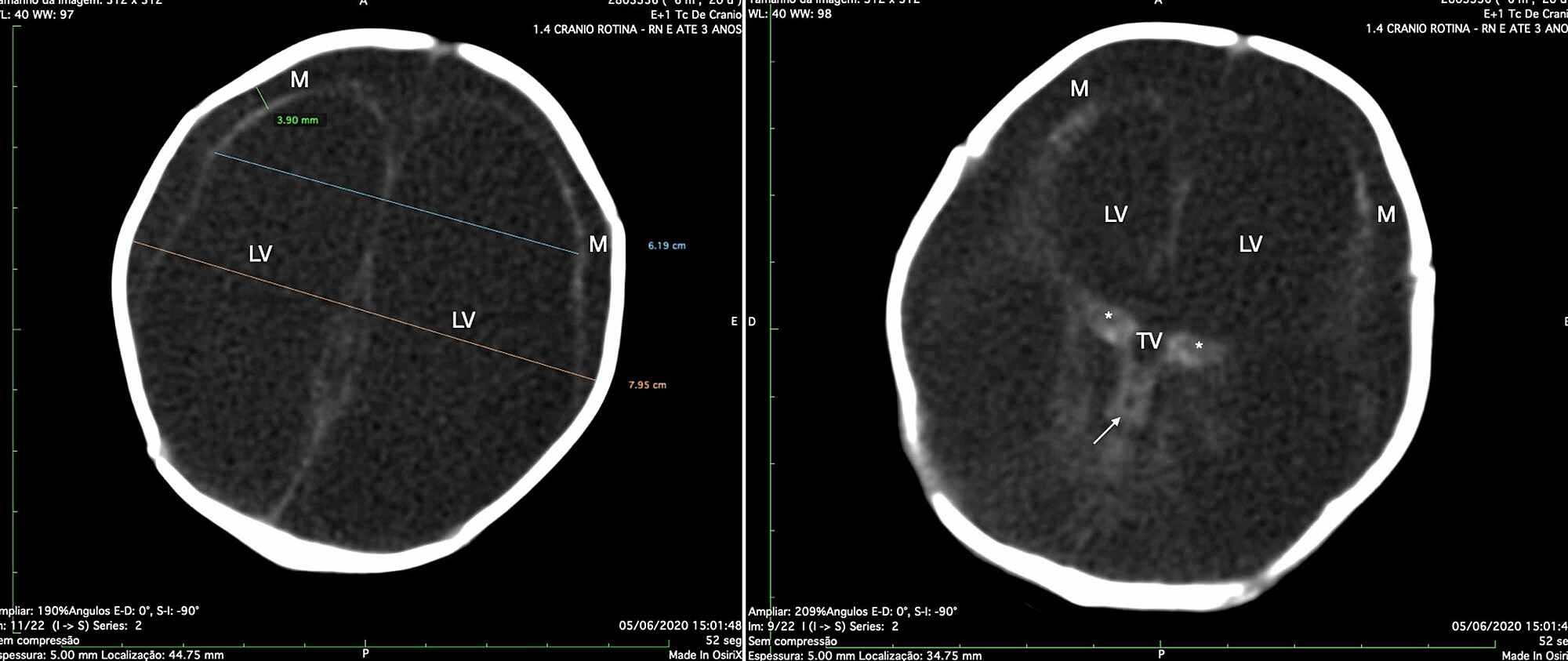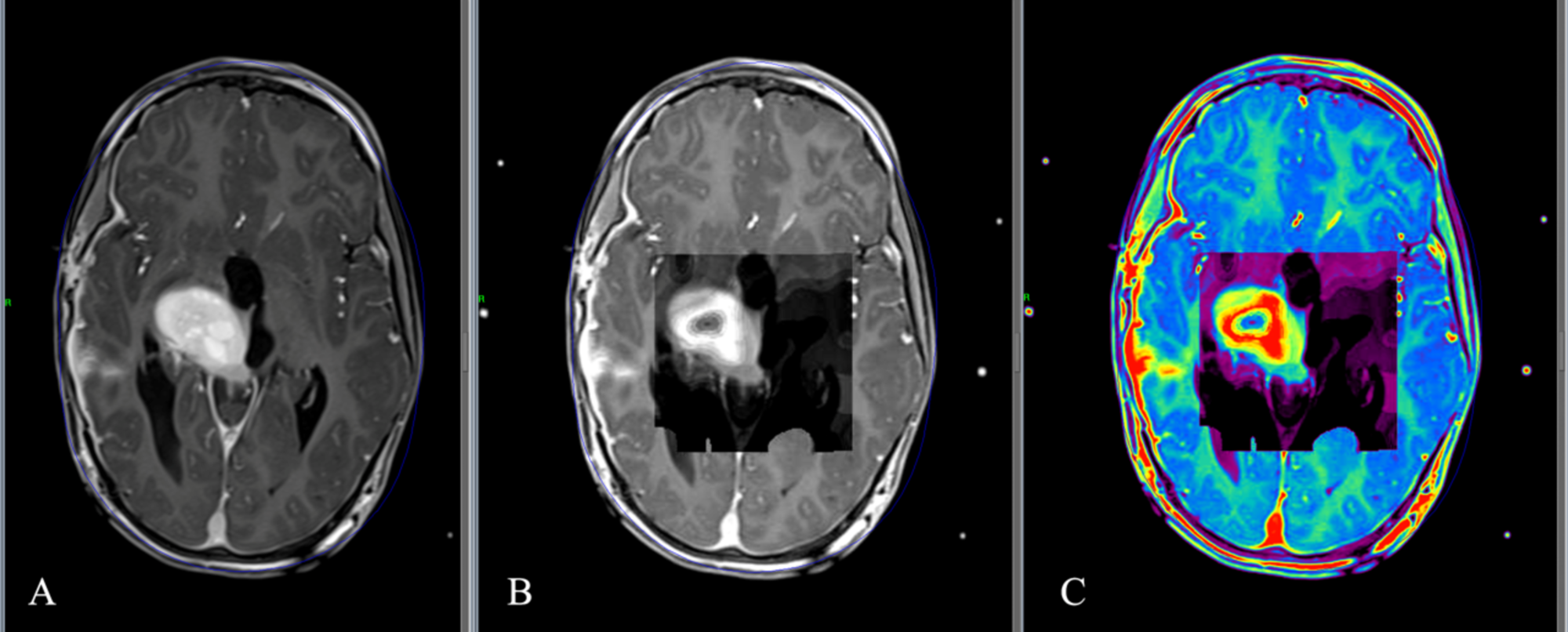

T1-, T2- and proton-density-weighted gradient echo, spin echo and other sequences).

Previous studies have used a variety of methods, that vary in terms of field strengths from 0.5 T (0.5T) to 3T and acquisition techniques (e.g. Table 1 provides a summary of published methods from studies that have evaluated intrinsic foot muscle morphology and composition. MRI of muscle of the foot has been used to evaluate intrinsic foot muscle morphology in several patient populations, such as individuals with diabetes, plantar heel pain, foot pain, Charcot-Marie-Tooth, and chronic ankle instability, as well as to evaluate the effect of interventions such as physical therapy, footwear and foot exercise. fat infiltration), which can also affect the force producing capacity of a muscle. MRI also permits quantification of muscle composition (e.g. This contrasts ultrasound, which typically involves 2-dimensional imaging and measures of cross-sectional area or thickness from transverse and longitudinal views. Three-dimensional MRI is considered a gold standard for quantification of muscle morphology as it allows evaluation of the whole muscle (i.e. Imaging modalities, such as ultrasound imaging (US) and magnetic resonance imaging (MRI), provide a non-invasive option to measure muscle morphology (size and shape) and composition, which are primary determinants of muscle function (force output).

The anatomical configuration of the intrinsic foot muscles, such as their small size and depth within the foot, limits electromyography studies to invasive intramuscular evaluations. Measures of muscle strength cannot distinguish contributions from intrinsic and extrinsic muscles.

The challenge is to measure these muscles in a valid manner in clinical and research settings. The important contribution of the intrinsic foot muscles to foot function suggests they should be considered when evaluating and treating patients with lower limb disorders. acceleration and deceleration, surfaces and footwear). The distinguishing contribution of the intrinsic foot muscles, compared to passive structures, is the ability to modulate the energetic function of the foot to respond to changing demands (e.g. Together with passive structures (such as the bony arches, fat pads, ligaments and plantar fascia), the intrinsic foot muscles assist attenuation of forces associated with the foot-ground collision and stiffening of the foot for propulsion. The intrinsic foot muscles are those that have their anatomical attachments within the foot, in contrast to the extrinsic muscles that originate on the leg and insert on the foot. This method can be used in future studies to better understand intrinsic foot muscle morphology and composition in healthy individuals, as well as those with lower disorders. This proof-of-concept study demonstrates a feasible method of quantifying muscle morphology and composition for individual intrinsic foot muscles using advanced high-field MRI techniques. Muscle volumes ranged from 1.5 cm 3 and 19.8 cm 3, and percentage muscle fat infiltration ranged from 9.2–15.0%. ResultsĬompared to the 3T images, the 7T images provided superior resolution, particularly at the forefoot, to facilitate segmentation of individual muscles. Muscle volumes and percentage of muscle fat infiltration were calculated (muscle fat infiltration % = Fat/(Fat + Water) x100) for each muscle. Using 3D Slicer software, regions of interest were manually contoured for each muscle on 7T images. Coronal plane images from 3T and 7T scanners were compared. A high-resolution fat/water separation image was also acquired using a 3D 2-point DIXON sequence at 7T. A T1-weighted VIBE – radio-frequency spoiled 3D steady state GRE – sequence of the whole foot was acquired on a Siemens 7T MAGNETOM scanner, as well as a 3T MAGNETOM Prisma scanner for comparison. One healthy female (age 39 years, mass 65 kg, height 1.73 m) underwent MRI. Here we aim to provide a proof-of-concept method for measuring intrinsic foot muscle morphology and composition with high-field MRI. Ultra-high-field (7-T) magnetic resonance imaging provides sufficient signal to evaluate the morphology of the intrinsic foot muscles, and, when combined with chemical-shift sequences, measures of muscle composition can be obtained. Magnetic resonance imaging (MRI), provides a non-invasive option to measure muscle morphology and composition, which are primary determinants of muscle function. The intrinsic muscles of the foot are key contributors to foot function and are important to evaluate in lower limb disorders.


 0 kommentar(er)
0 kommentar(er)
